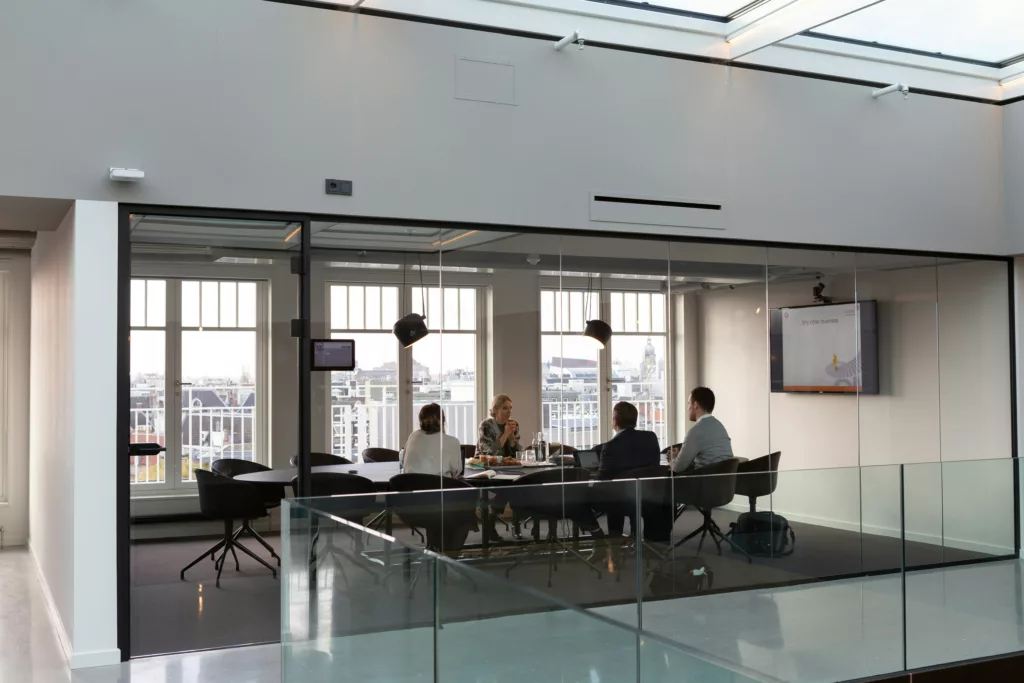80% of People Secure Jobs Using This Approach
You’ve gotten this message before: Thank you for your interest, after reviewing your application, we have decided to move forward with other candidates at this time. The mounting challenges of…
Read More about 80% of People Secure Jobs Using This Approach






